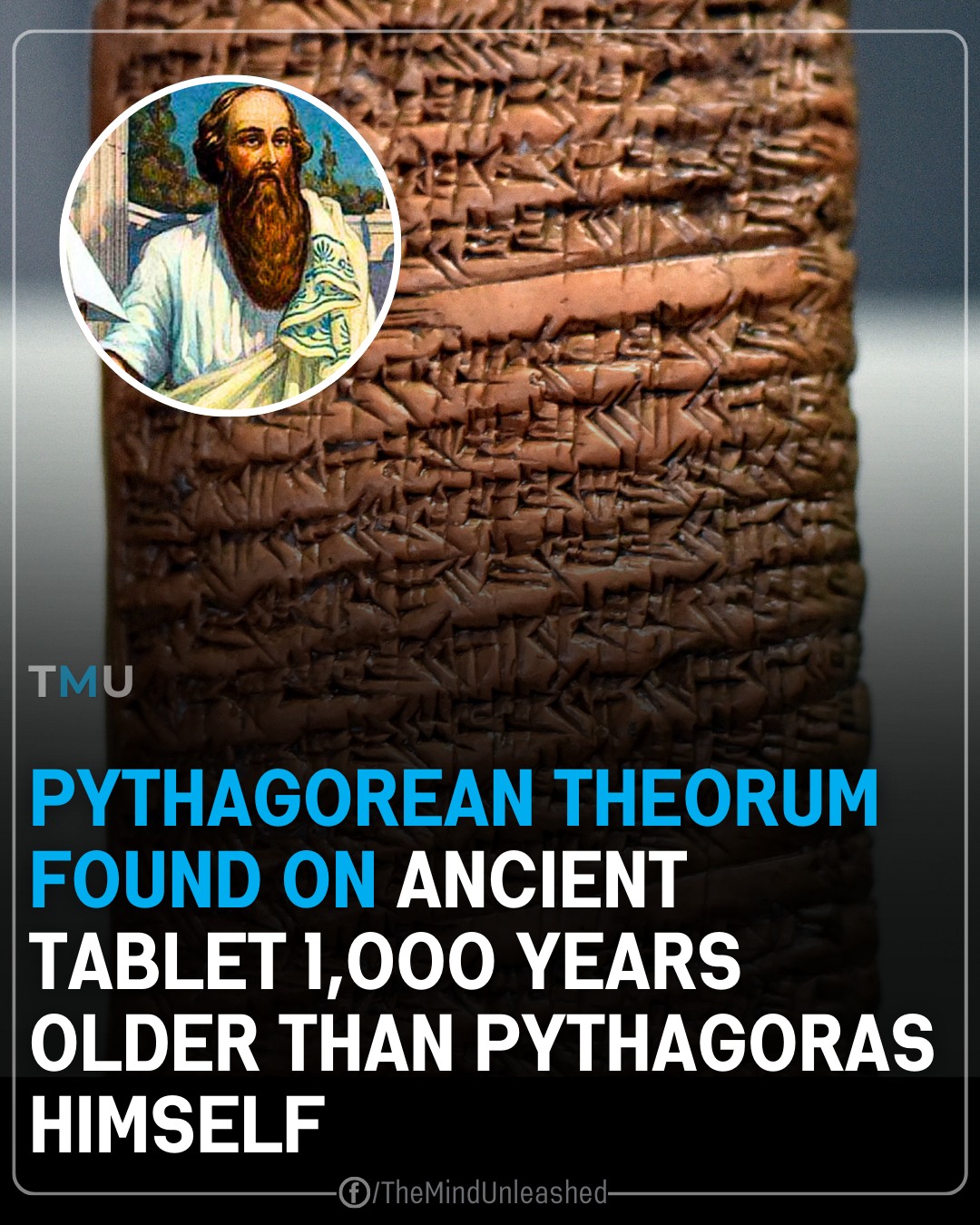
Recent studies have unveiled that ancient Babylonian civilizations utilized geometric principles, specifically the Pythagorean theorem, over a millennium before the birth of Pythagoras. A notable artifact, the clay tablet known as Si.427, dating between 1900 and 1600 B.C.E., offers compelling evidence of applied geometry in land surveying practices of that era.
Si.427: A Testament to Early Geometric Application
Si.427, unearthed in the late 19th century and housed in the Istanbul Archaeology Museums, provides a detailed account of land measurements. The tablet features a diagram of rectangular fields with meticulously noted dimensions, ensuring that opposite sides are of equal length. Accompanying cuneiform inscriptions describe various features of the land, including marshes, a threshing floor, and a nearby tower. This meticulous documentation underscores the significance of precise land division in ancient Babylonian society.
Pythagorean Triples and Land Surveying
The tablet’s inscriptions include sets of numbers corresponding to Pythagorean triples—integer solutions to the Pythagorean theorem (a² + b² = c²). This indicates that Babylonian surveyors employed these mathematical concepts to establish accurate right angles, crucial for delineating property boundaries. Such practices highlight an advanced understanding of geometry, predating Pythagoras by over a thousand years.
Plimpton 322: Further Evidence of Advanced Mathematics
The discovery of Si.427 complements earlier findings, such as the Plimpton 322 tablet, which also contains a list of Pythagorean triples. This artifact, dating to approximately 1800 B.C.E., suggests that Babylonians systematically generated these triples, reflecting a sophisticated grasp of mathematical principles. The tablet’s structured format implies its use as a reference for solving geometric problems, further emphasizing the practical application of mathematics in ancient Mesopotamia.
Implications for the History of Mathematics
These findings challenge the traditional attribution of the Pythagorean theorem to the Greek philosopher Pythagoras, who lived around 570–495 B.C.E. The evidence from Babylonian tablets indicates that the relationship between the sides of right-angled triangles was known and applied in practical contexts much earlier. This revelation necessitates a reevaluation of the origins and development of mathematical knowledge, acknowledging the contributions of ancient Mesopotamian civilizations.
Conclusion
The analysis of artifacts like Si.427 and Plimpton 322 illuminates the advanced state of mathematical understanding in ancient Babylon. Their application of geometric principles for land surveying demonstrates a practical use of the Pythagorean theorem long before it was formalized in Greek mathematics. These discoveries not only reshape our comprehension of mathematical history but also highlight the rich intellectual legacy of early civilizations.
For a visual exploration of this topic, you might find the following video informative:





